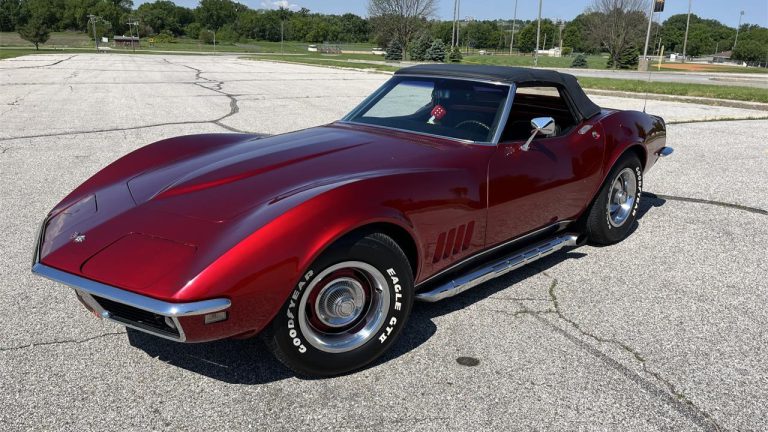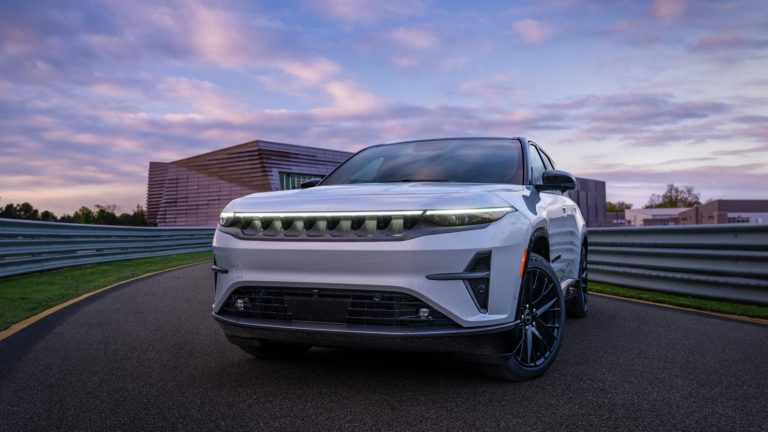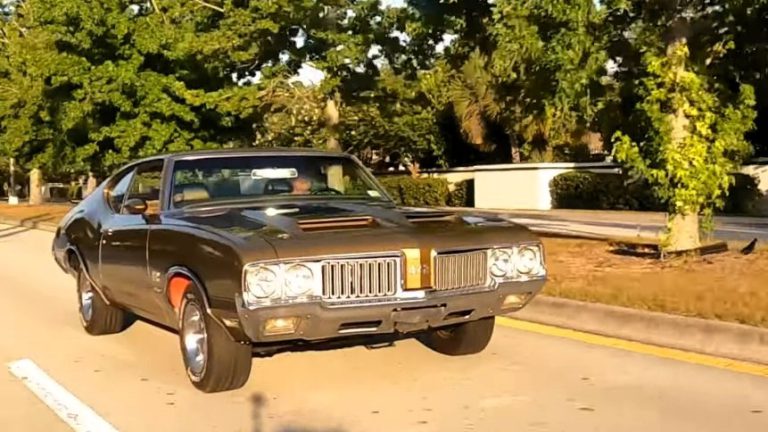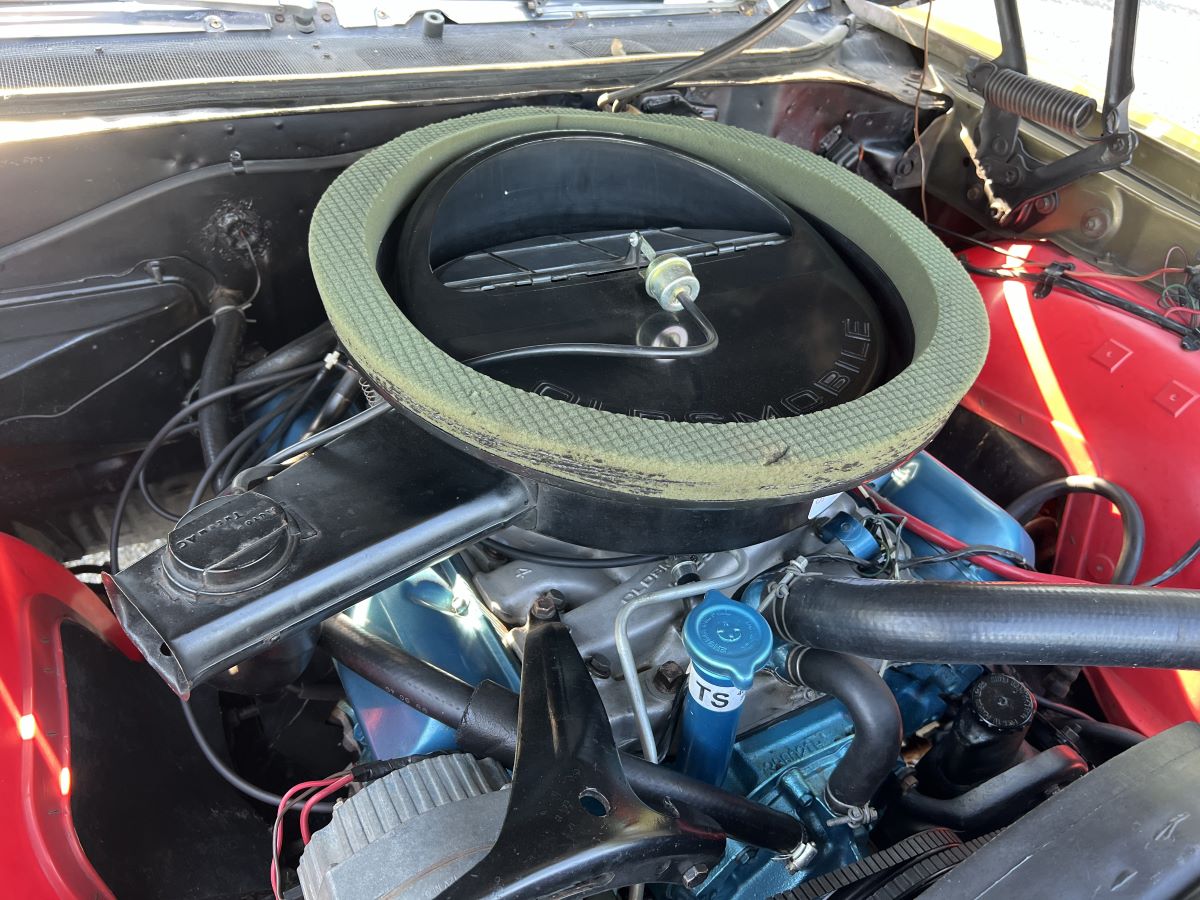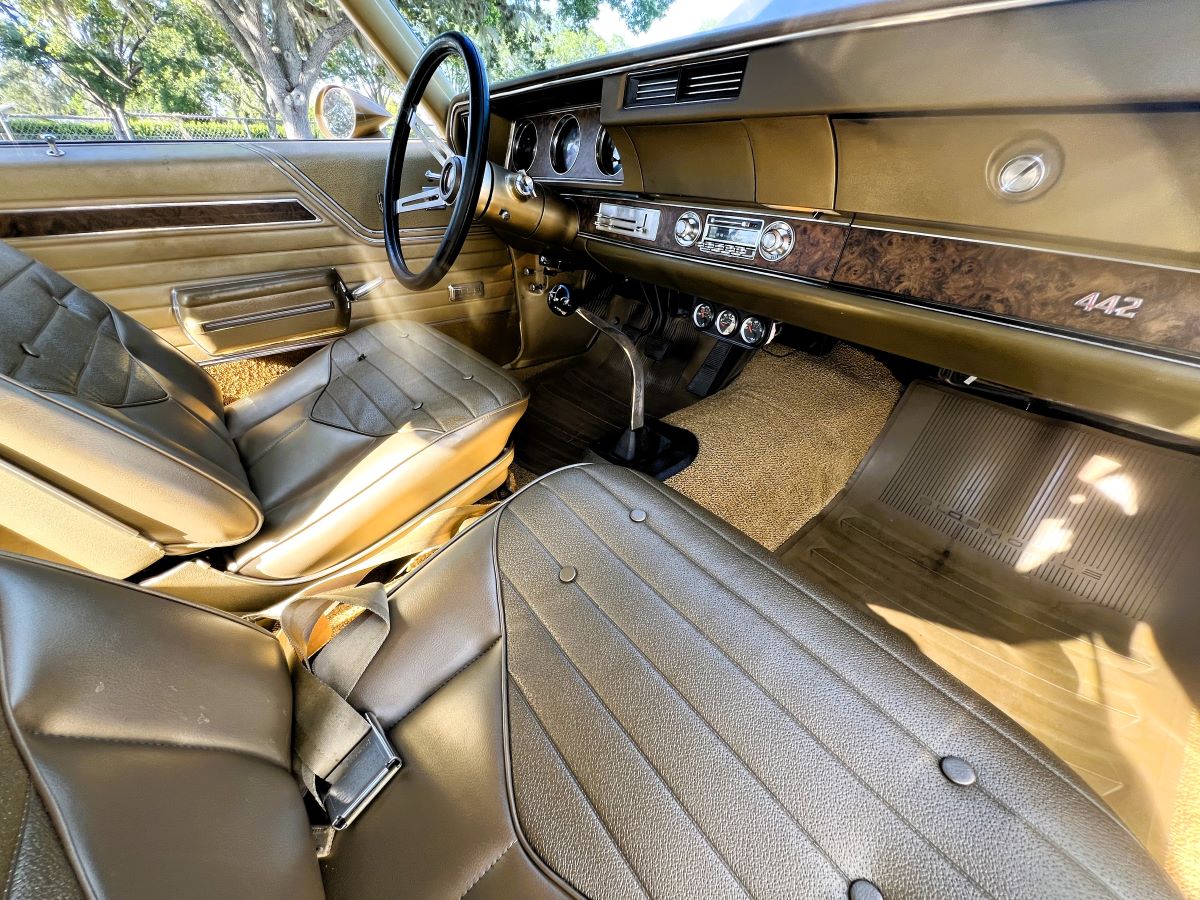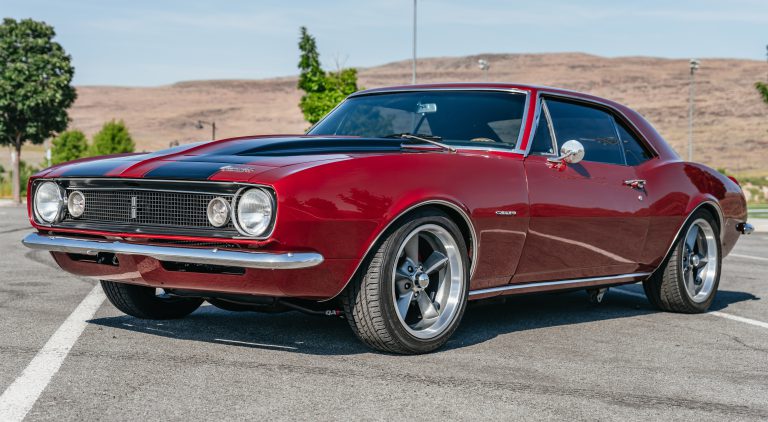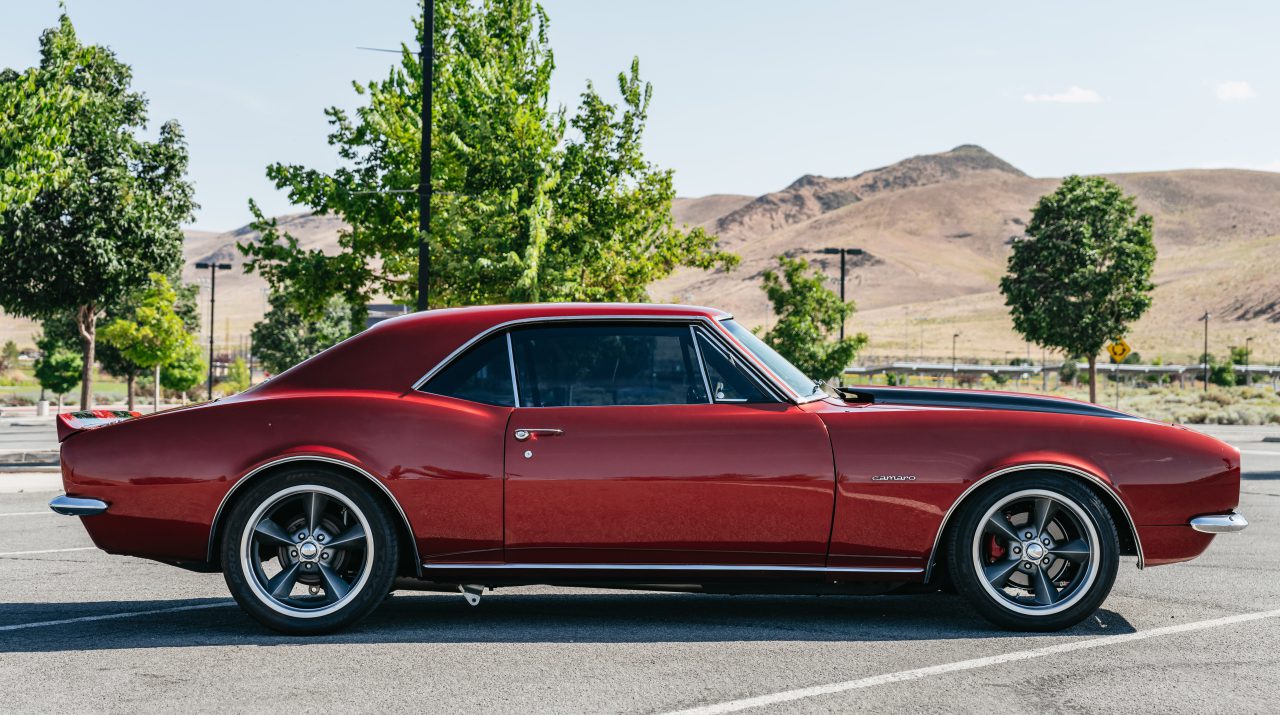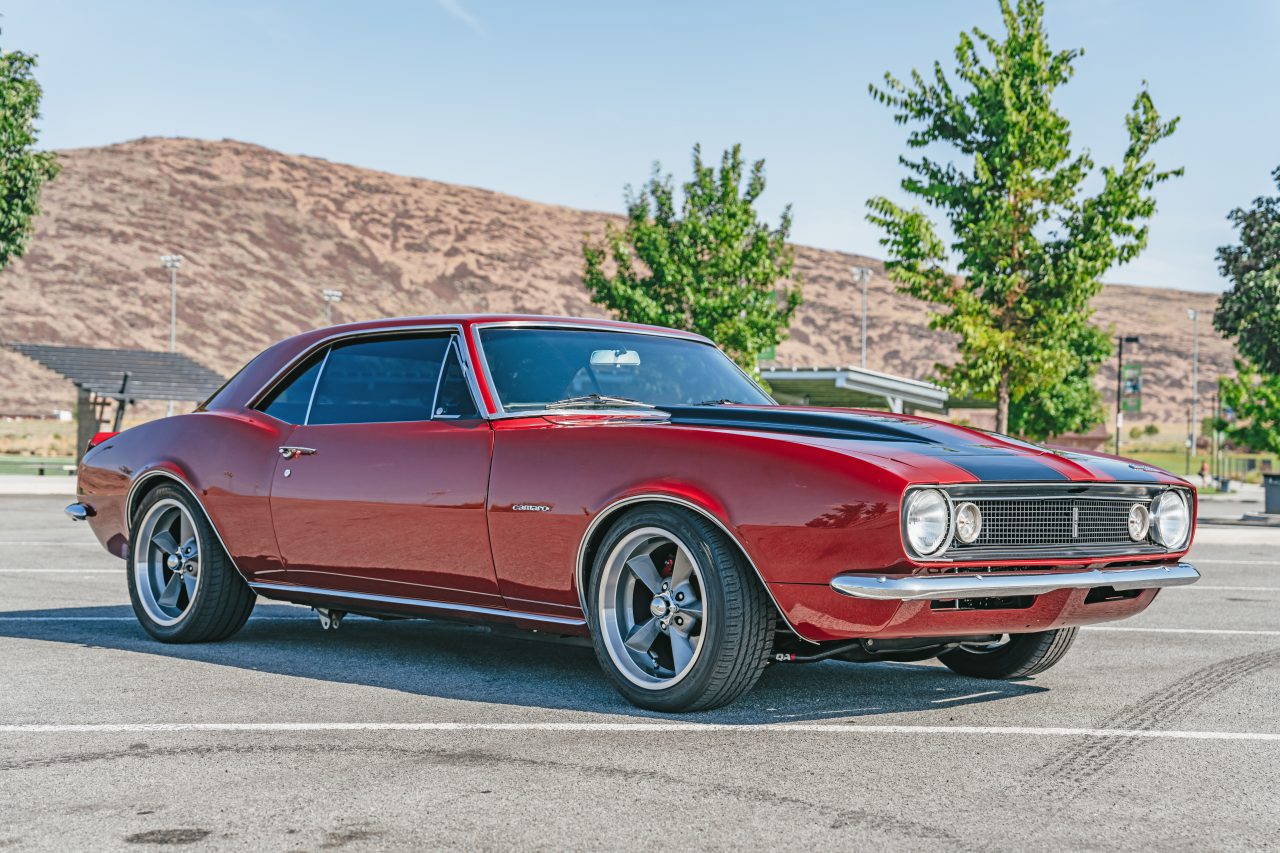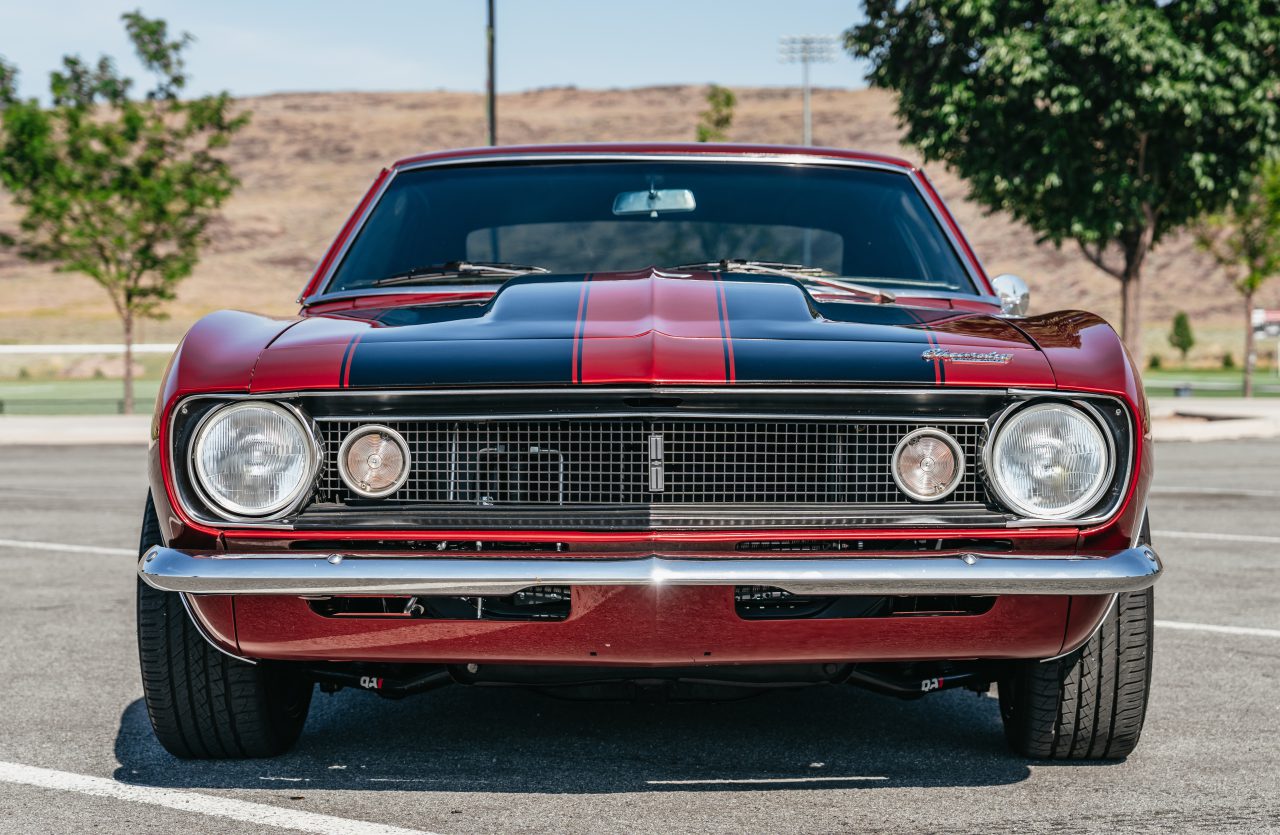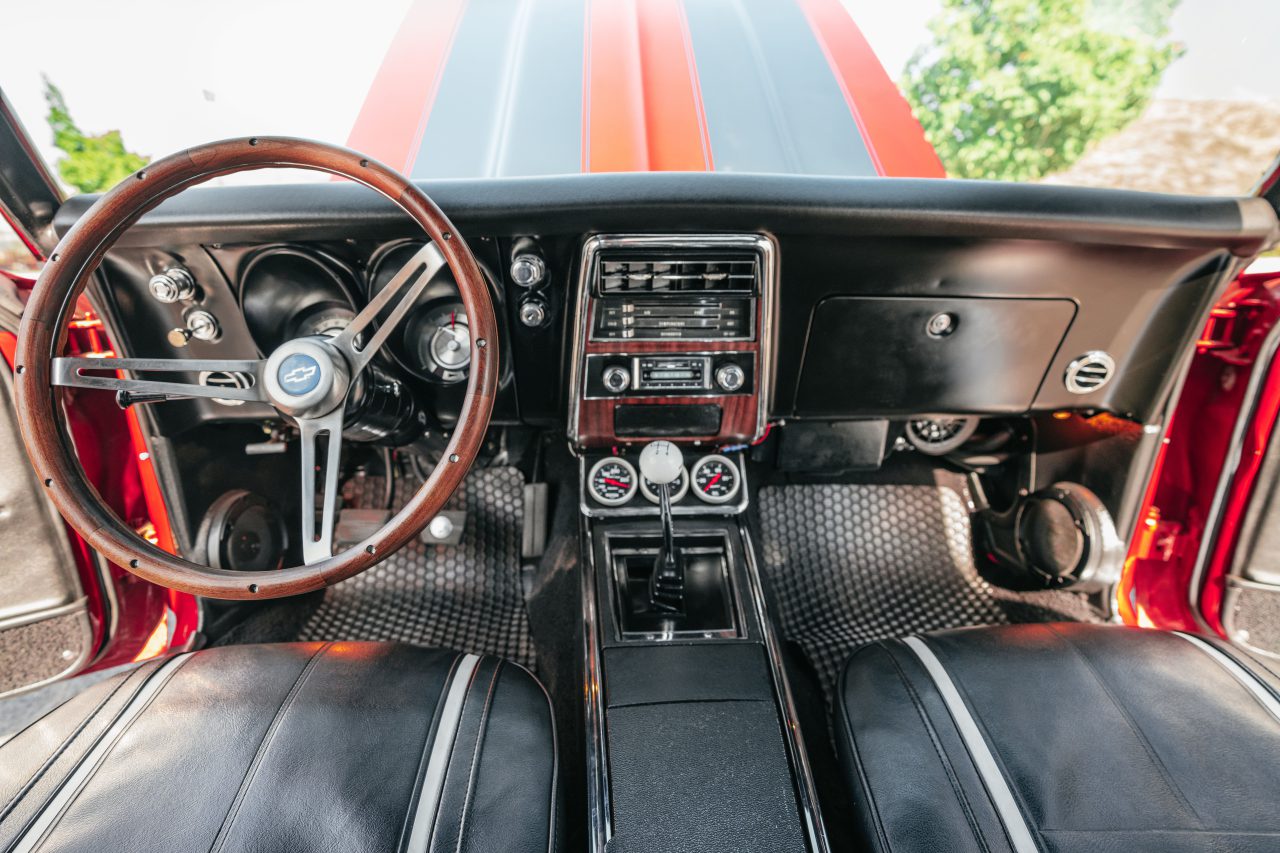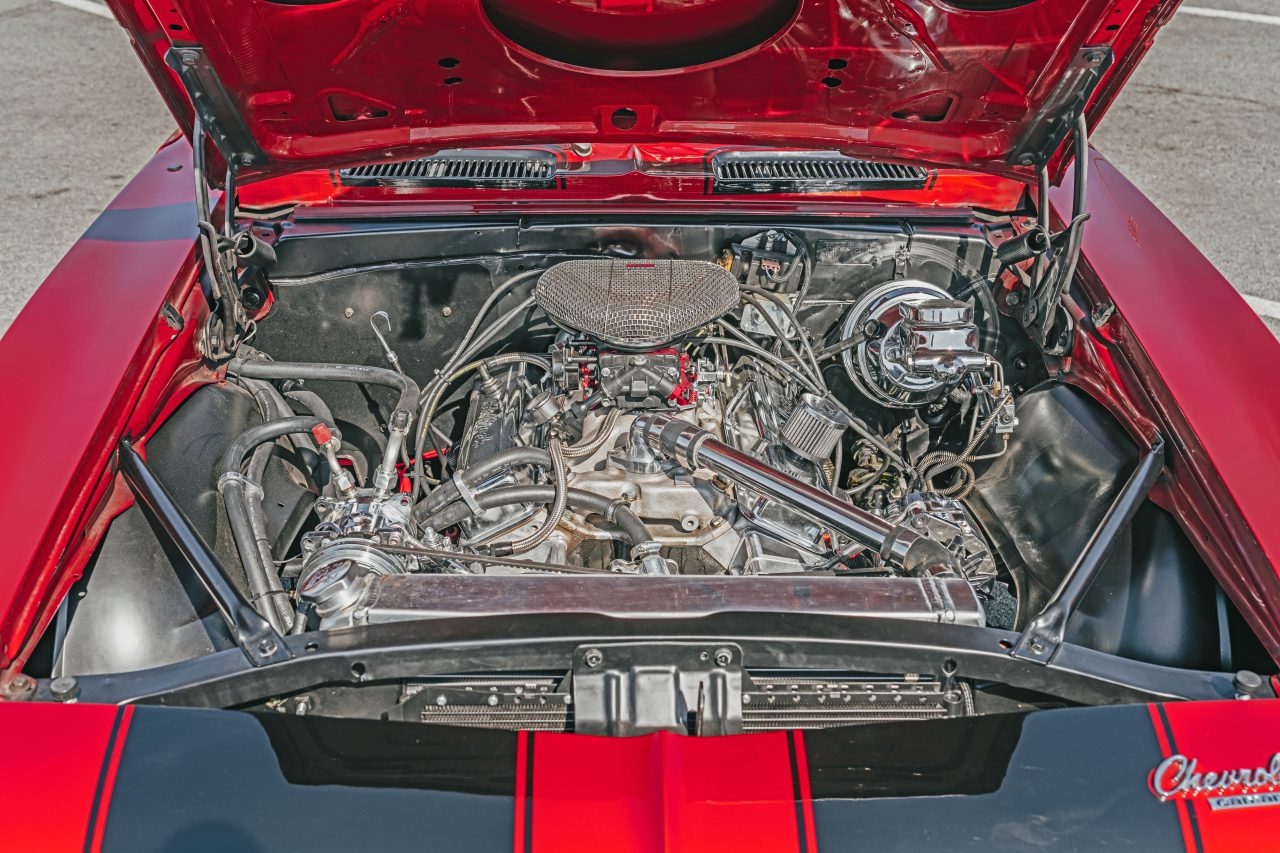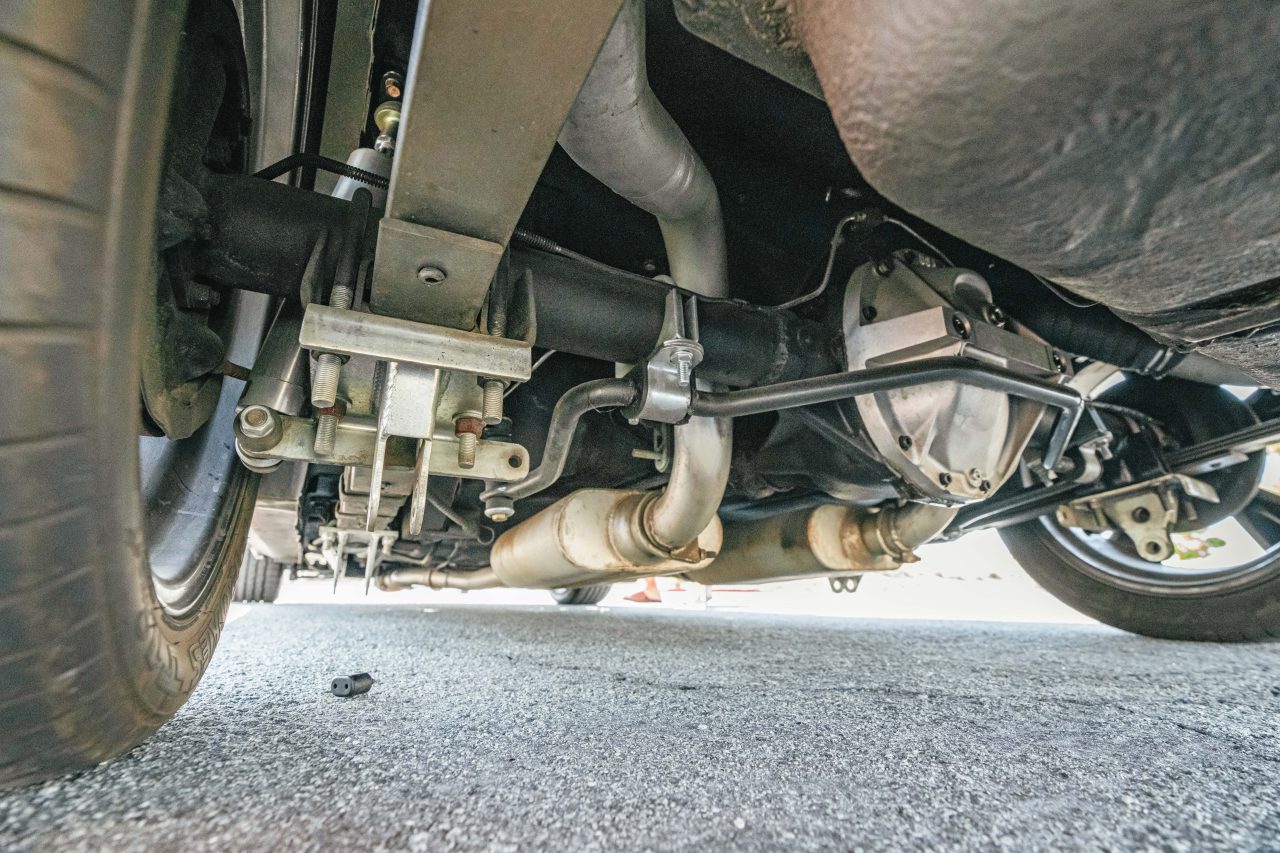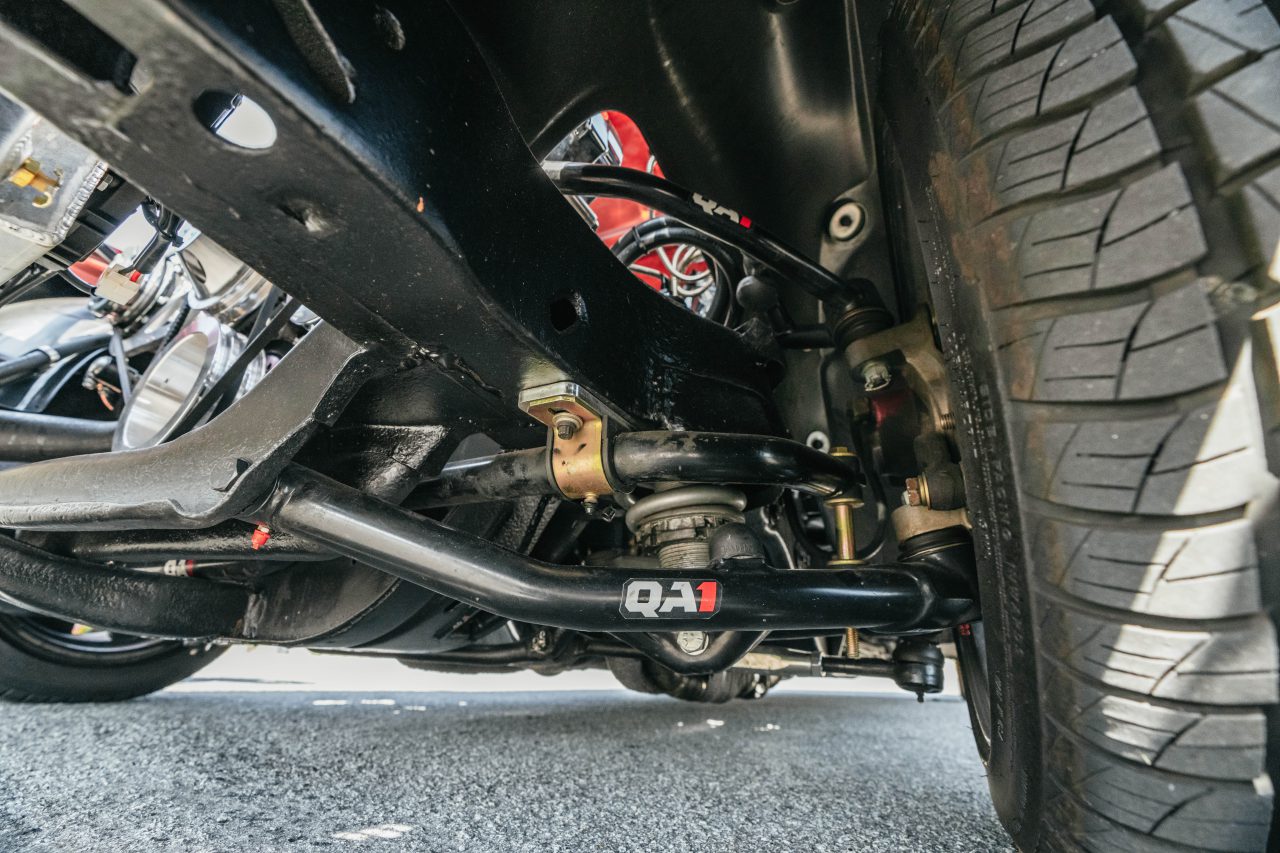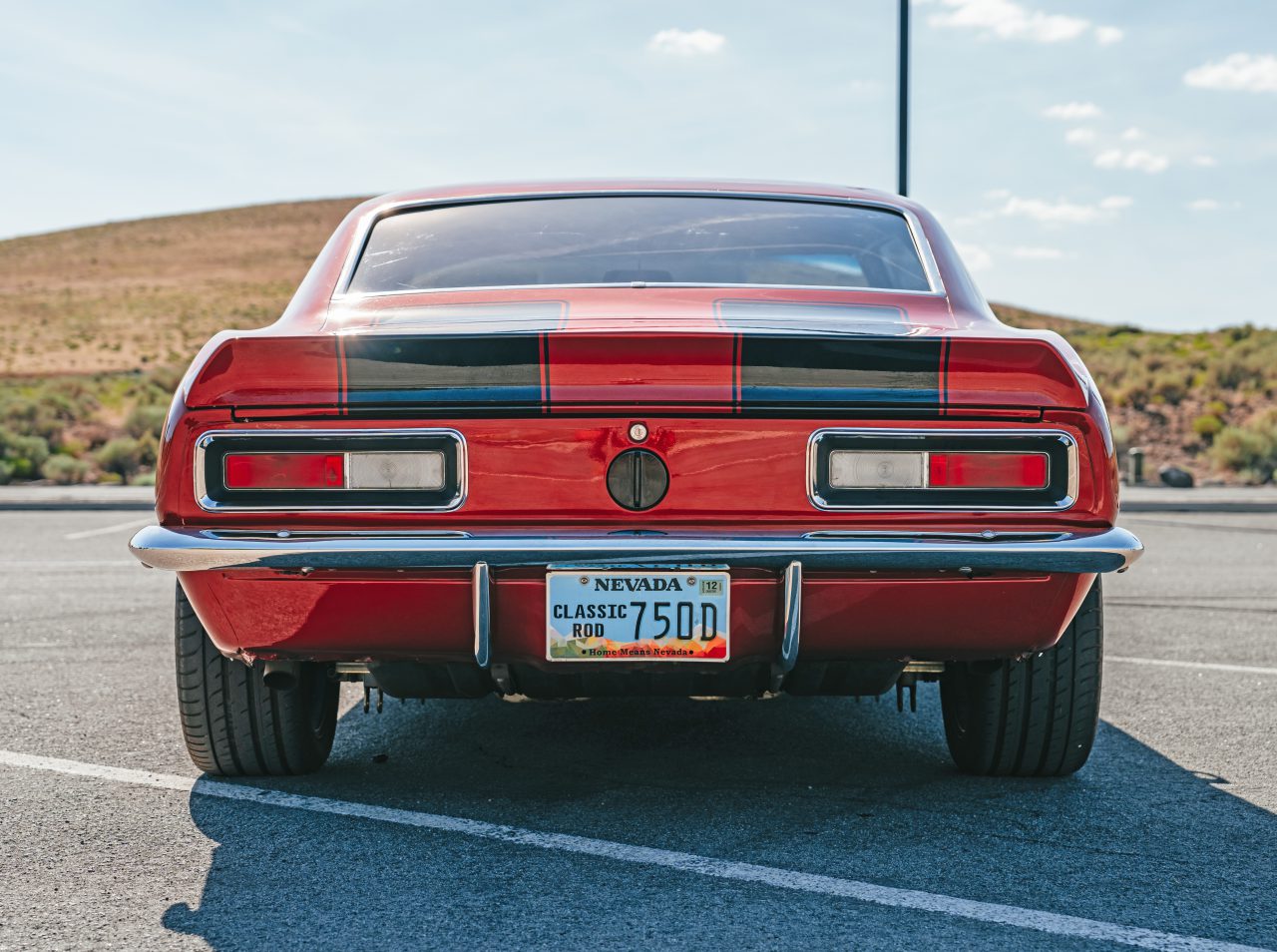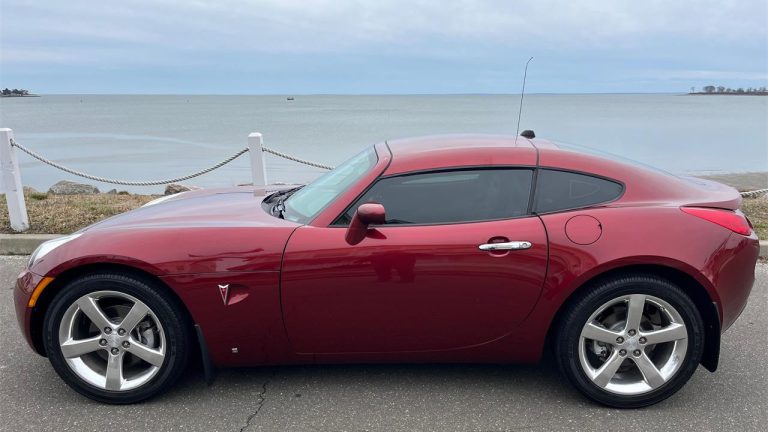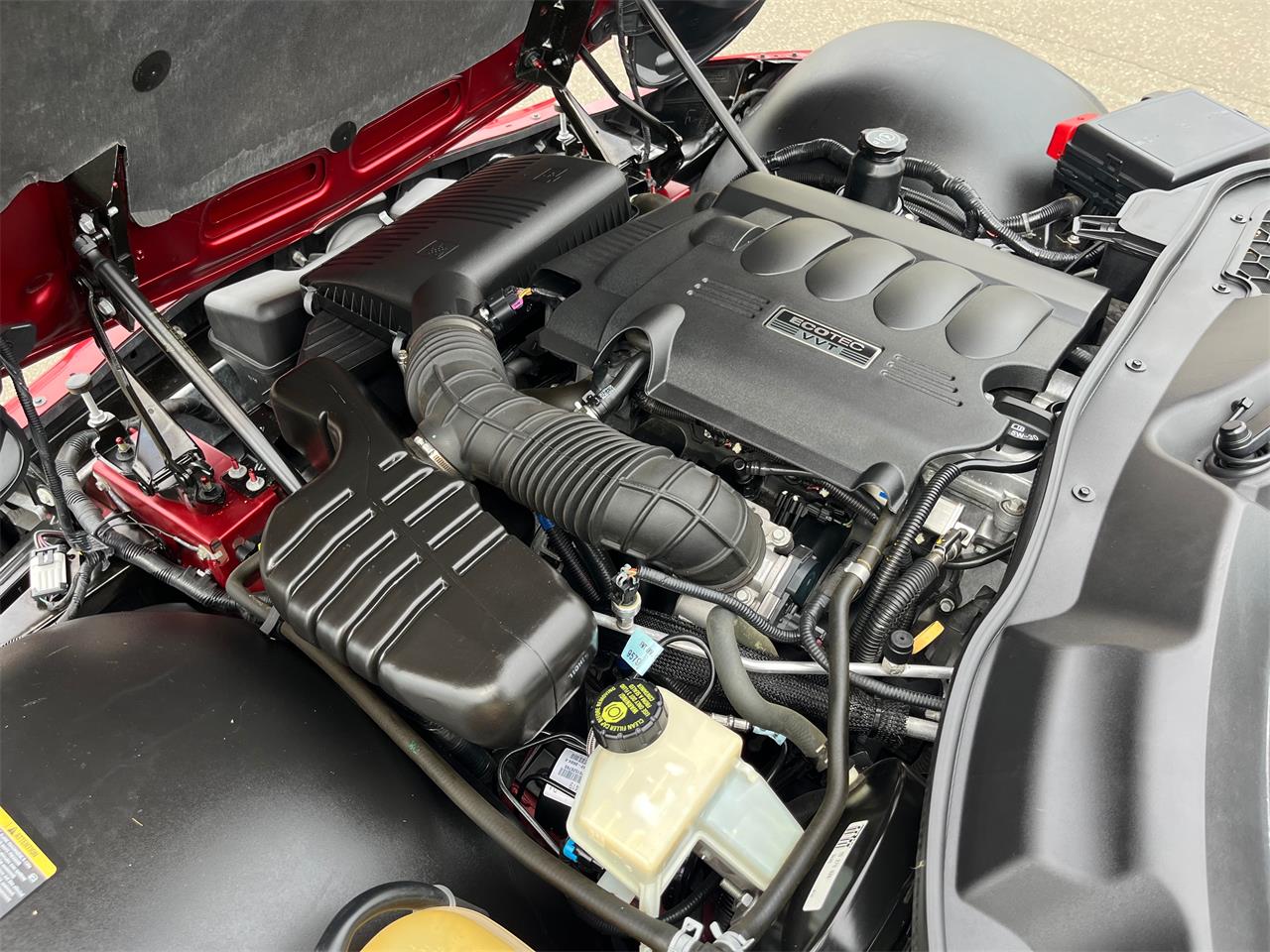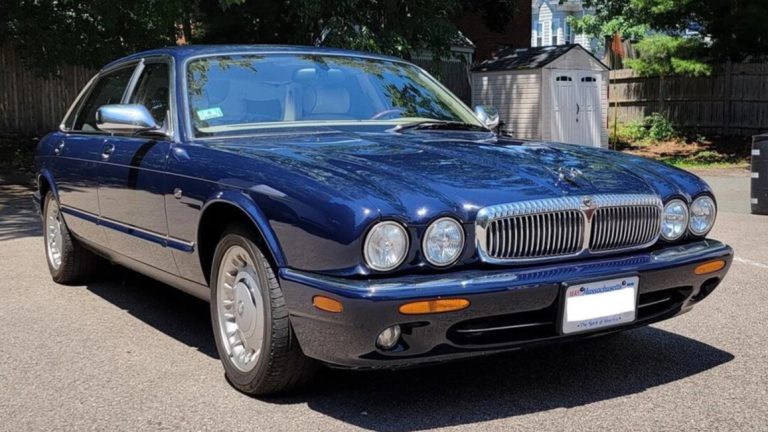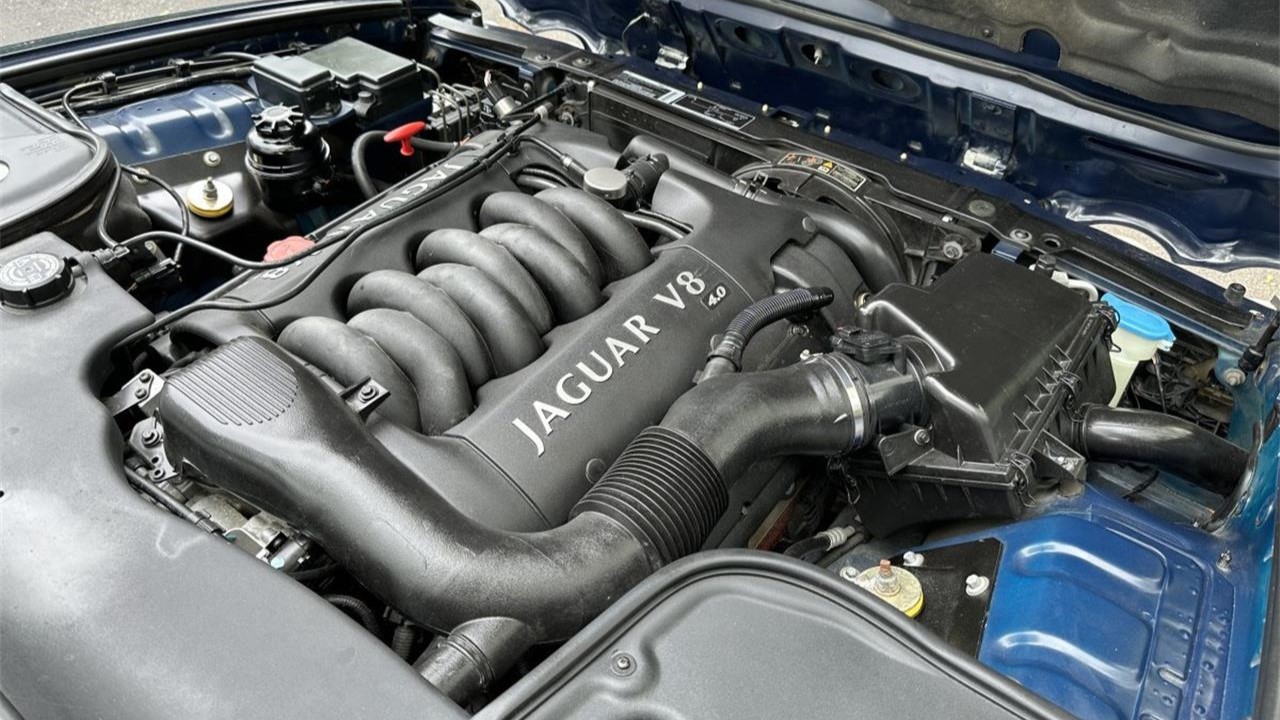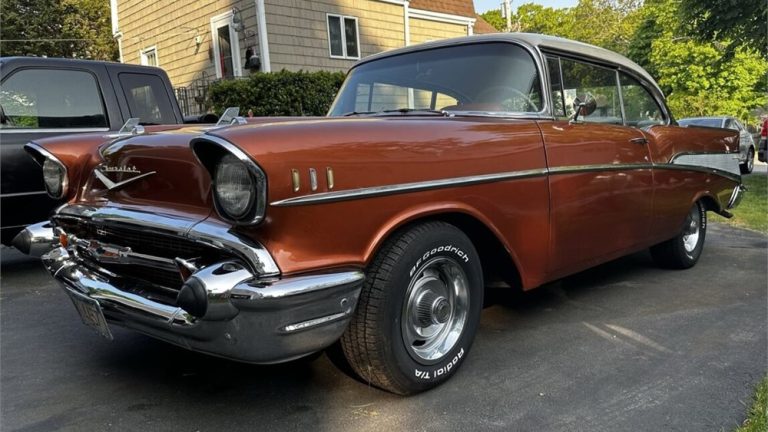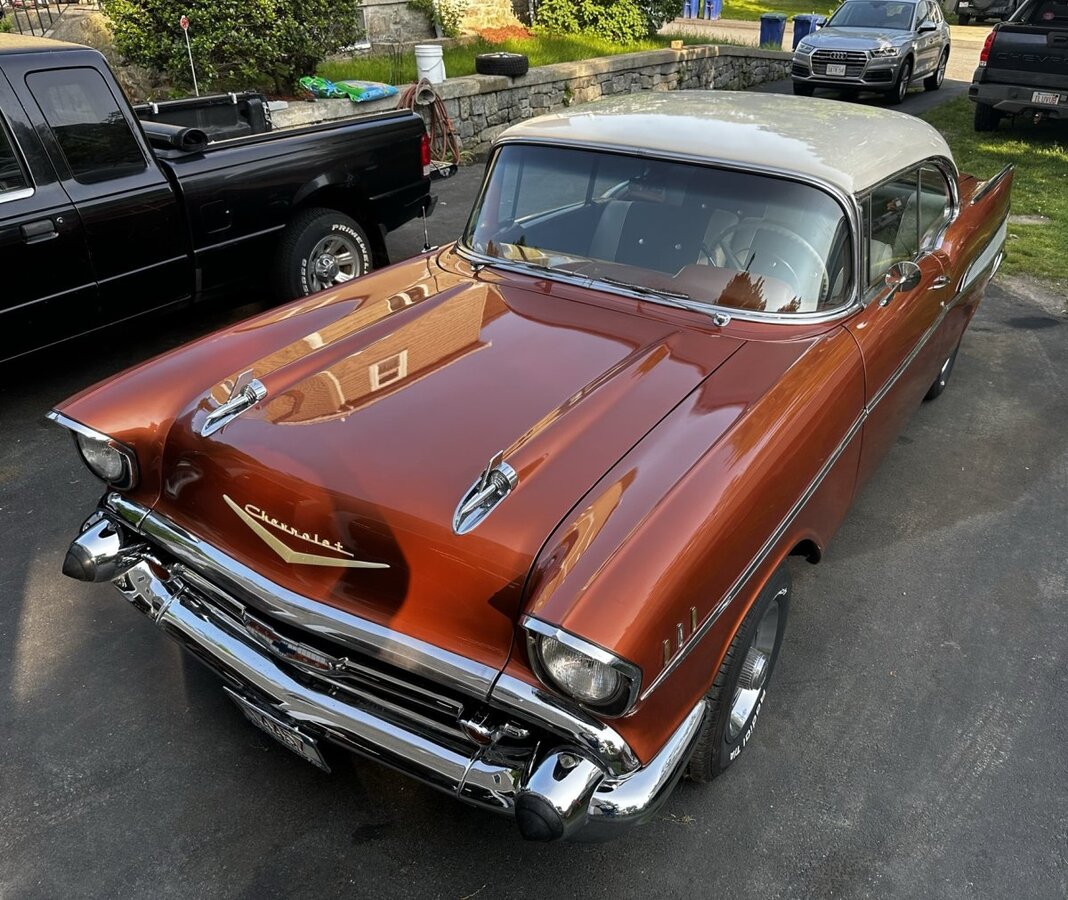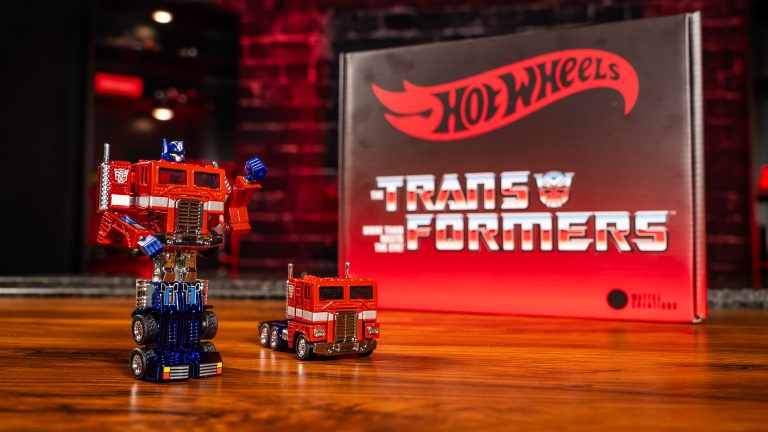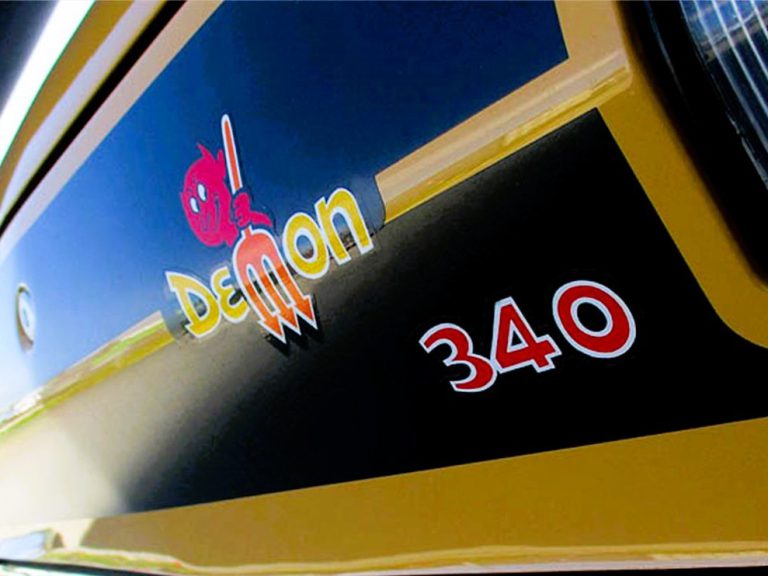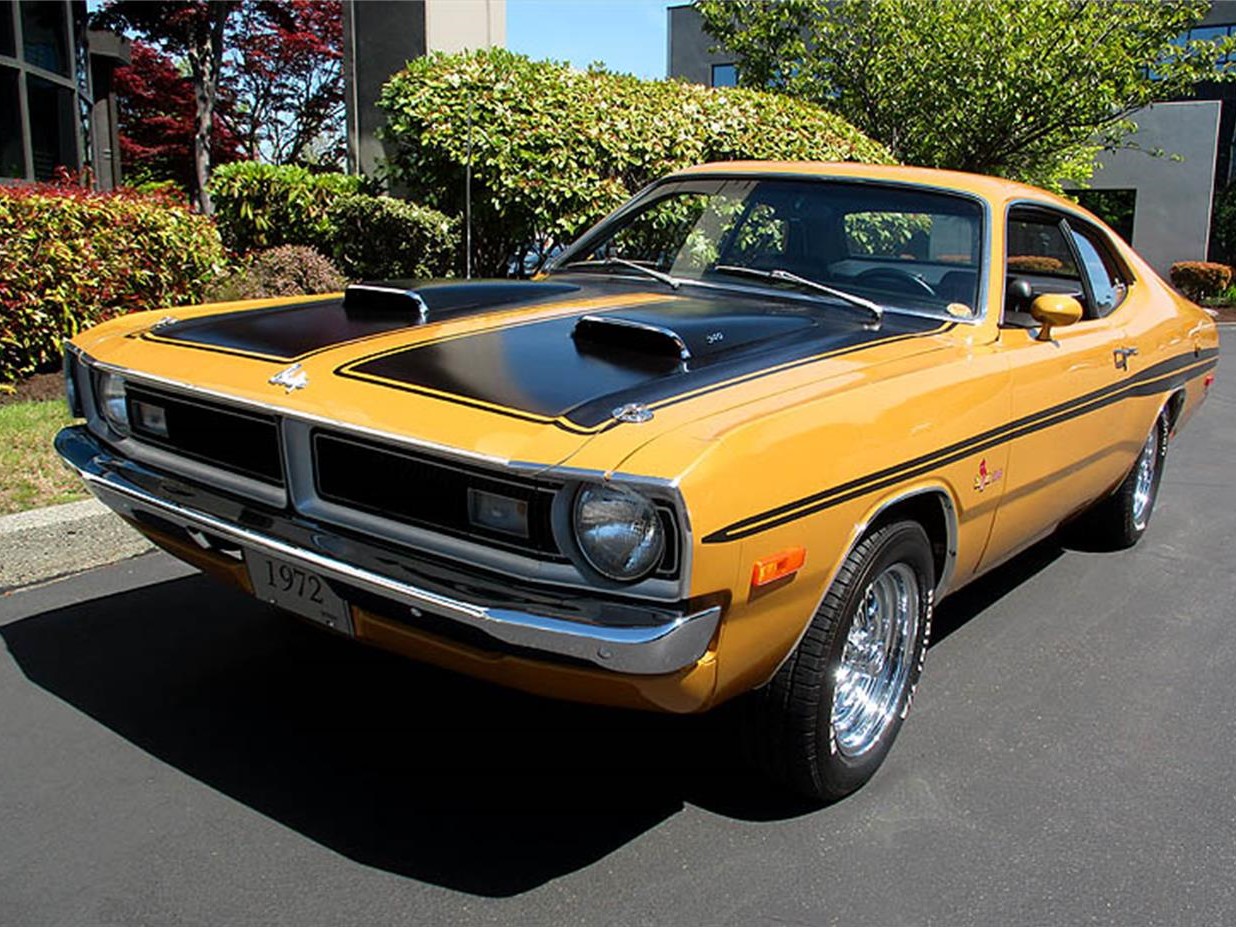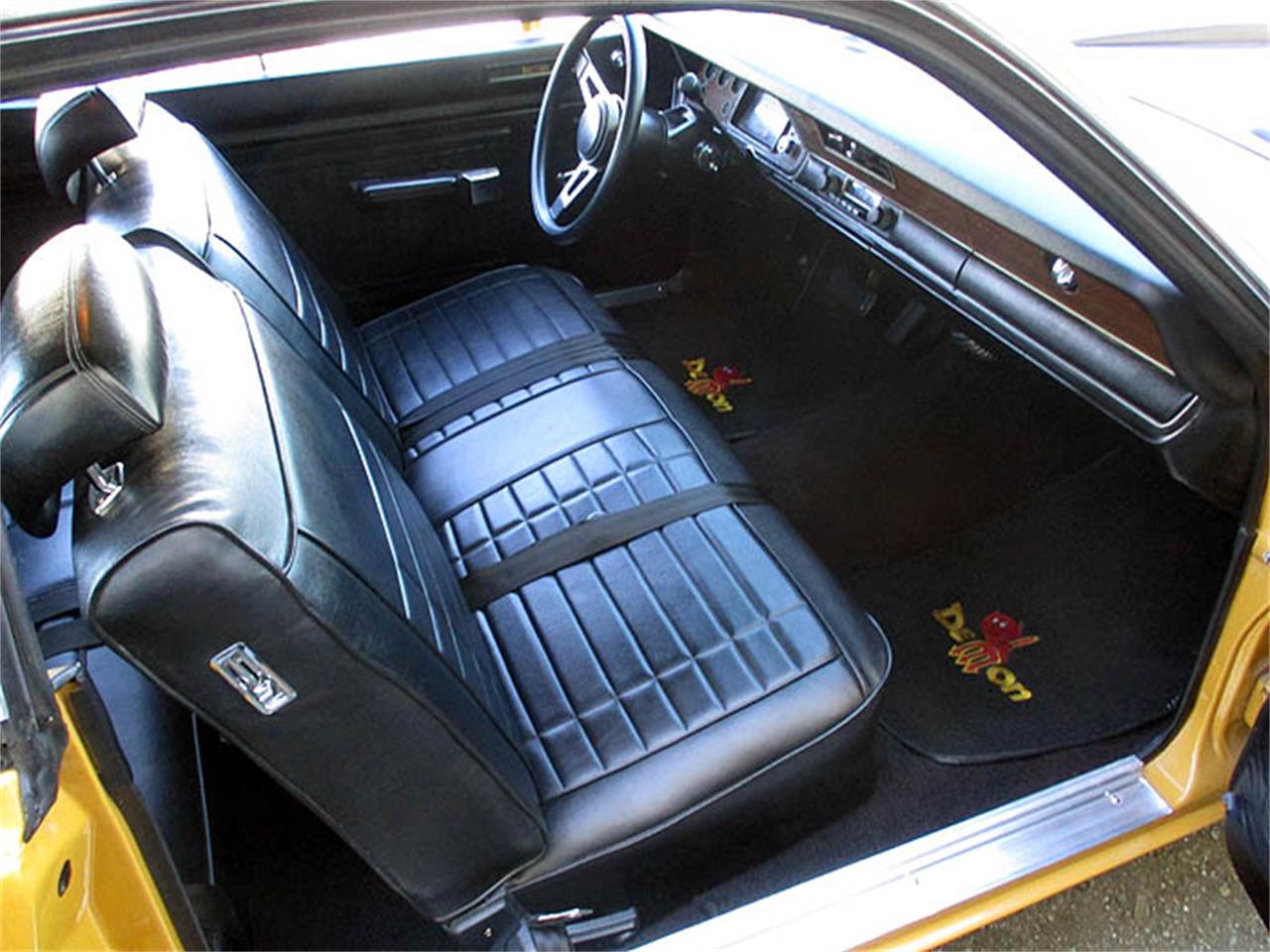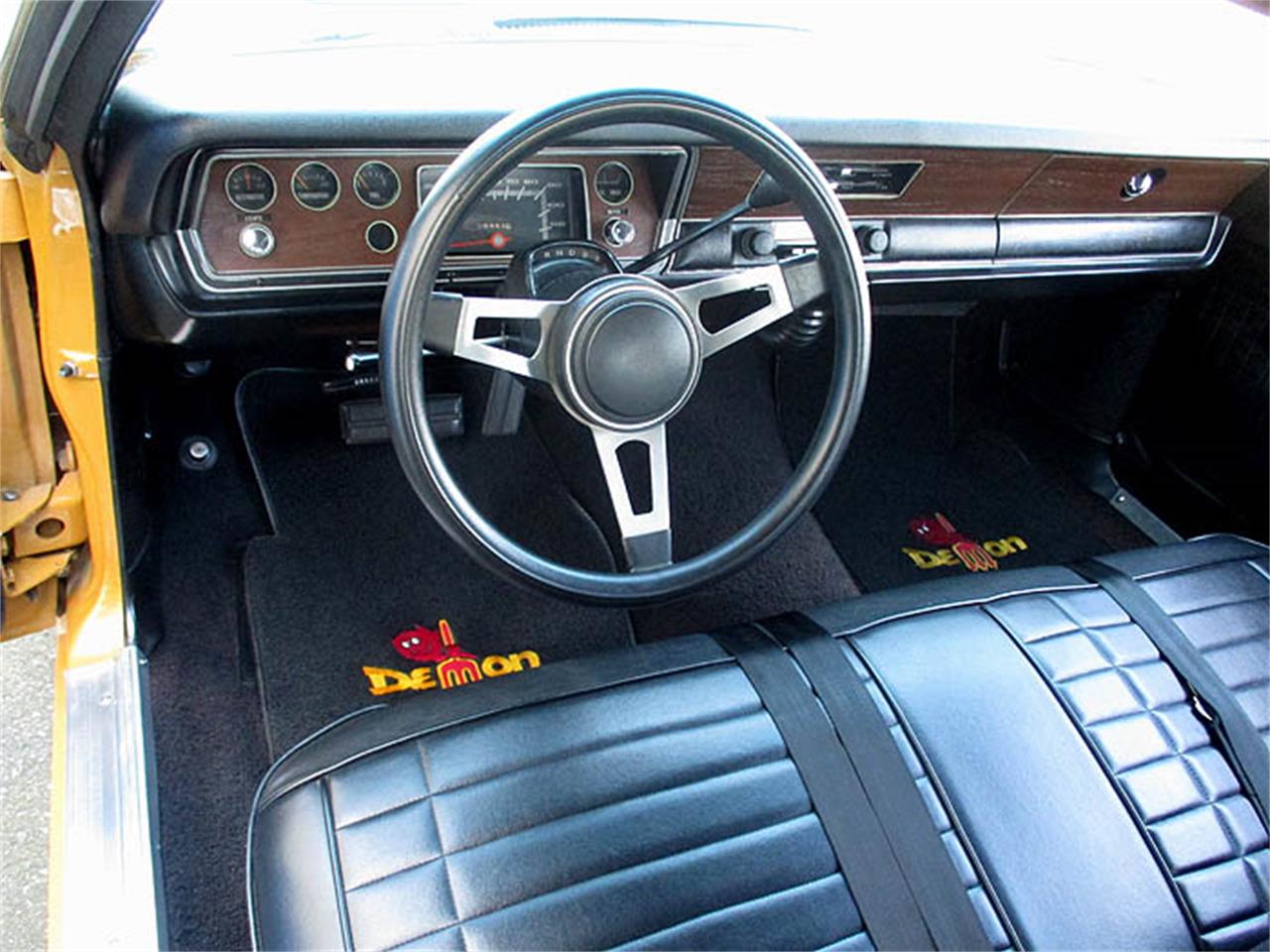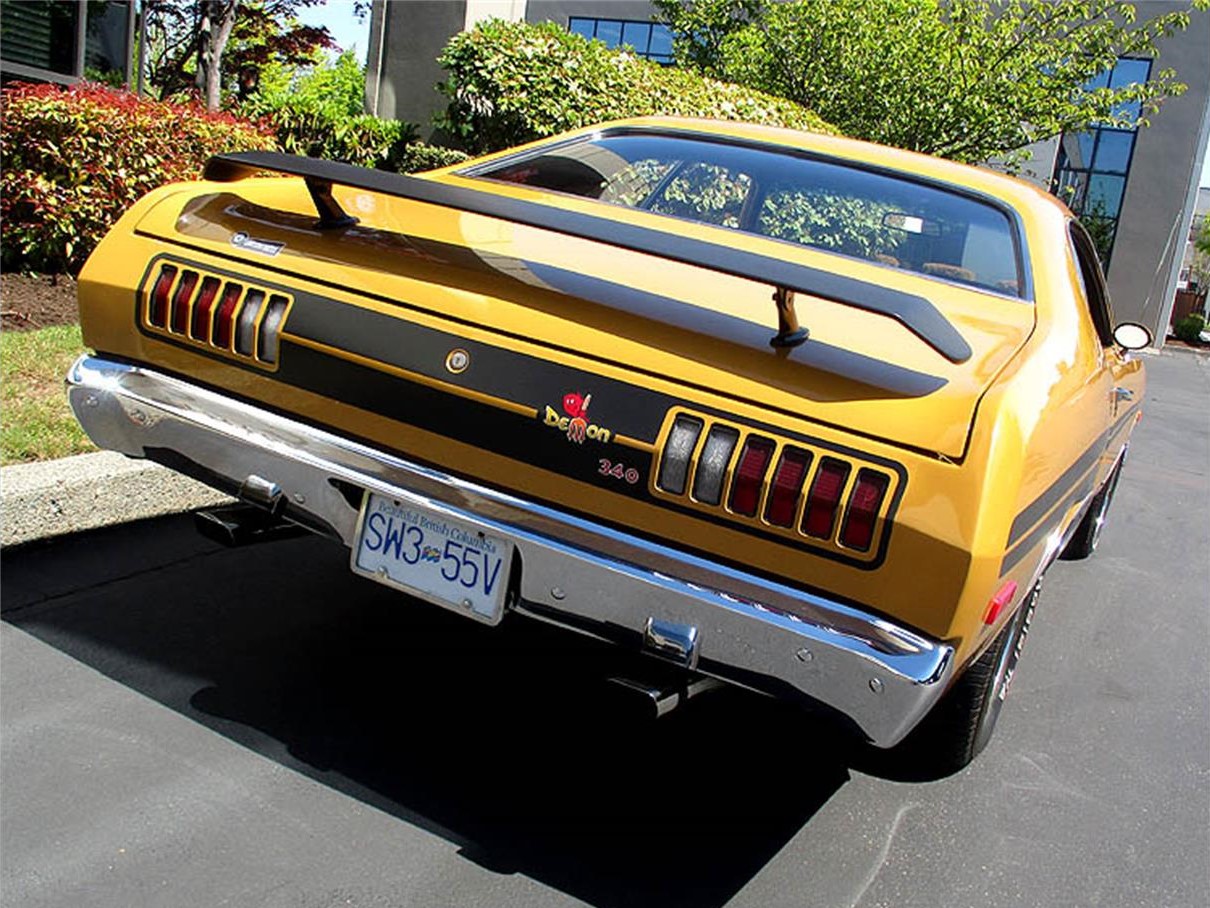If you are ready to feast your eyes on a piece of automotive eye candy, look no further than this:
The Pick of the Day is a 1968 Chevrolet Corvette Stingray convertible listed for sale on ClassicCars.com by a private seller in Guthrie Center, Iowa. (Click the link to view the listing)
“This is a one-of-a-kind collector’s item,” the listing says.
Production of the third-generation Corvette kicked off in August 1967 at General Motors’ St. Louis, Missouri, assembly plant. While many of the powertrain configurations were carried over from prior Corvettes, the exterior and interior demonstrated a clean break from the previous design.
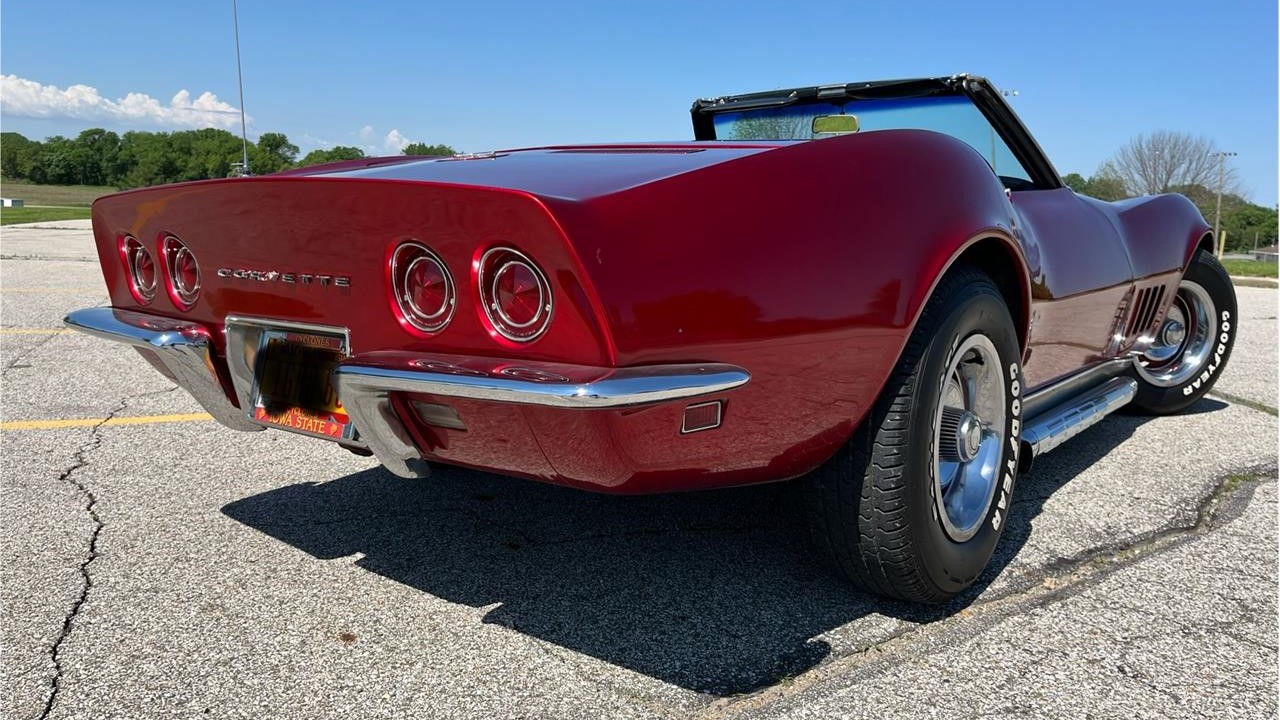
Chevrolet was particularly proud of this new design, and for good reason. One of the ads for the car said, “Something about this one will get you all unglued. Maybe the slippery shape. Or maybe all that energy under the hood. Or the road-ready combination of independent suspension and disc brakes at all four corners. Whatever it is, the ’68 Vette has got to be one of the most desirable cars ever built.”
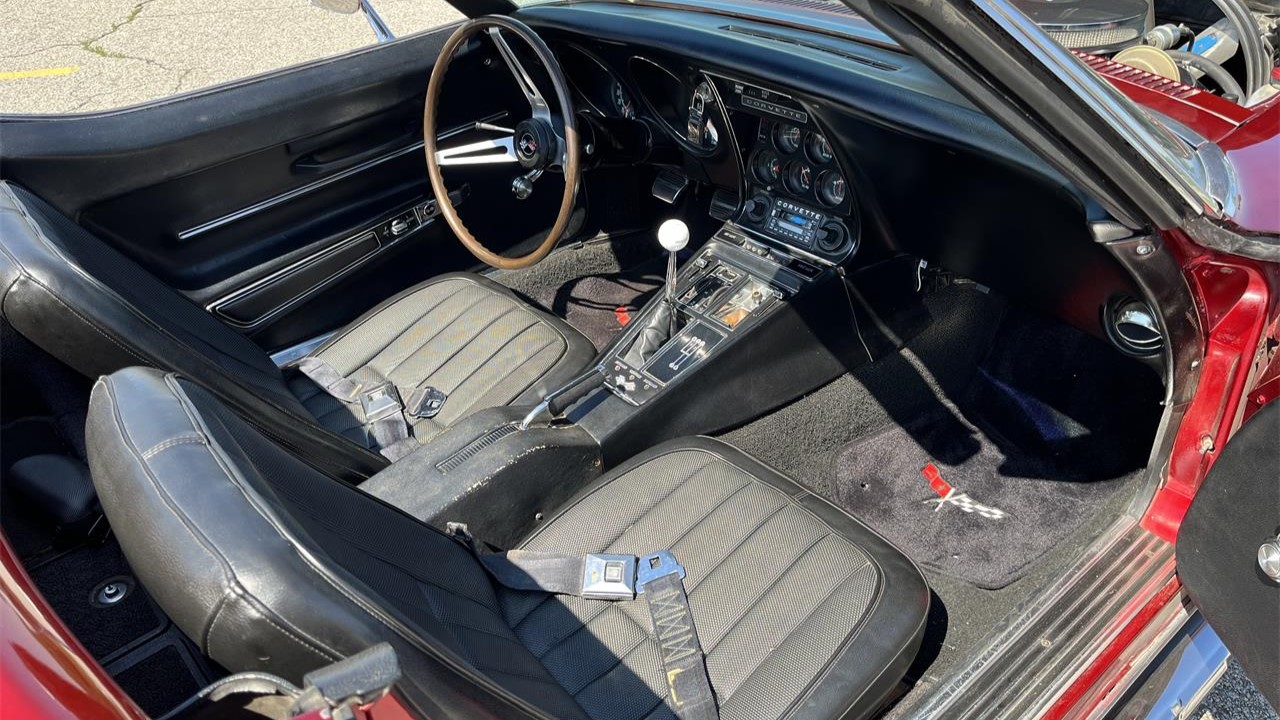
The seller (who has owned the car for 21 years) says that today’s featured car has been “meticulously kept” and has been stored during winter months. The condition of the car appears to speak for itself in the gallery of about 30 photos, and the Candy Apple Red paint job is deliciously deep.
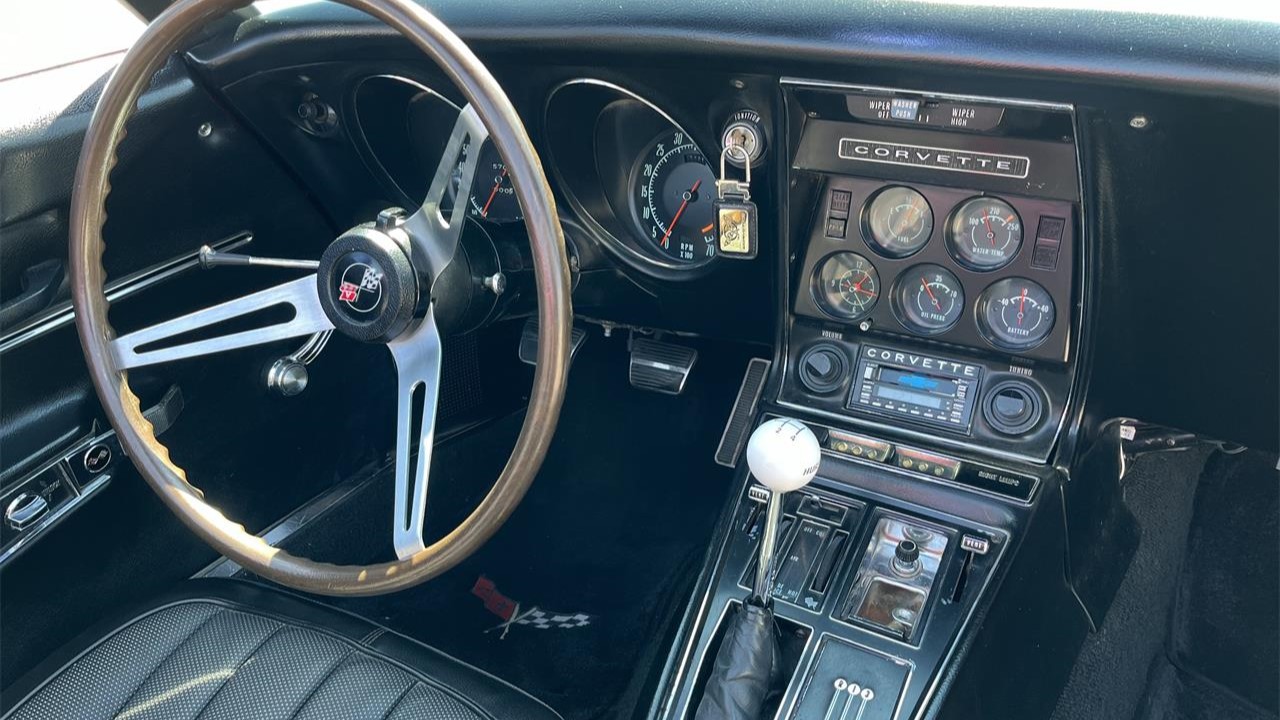
There is definitely something captivating about the lines of the C3, and I’m a fan of early models like this one with chrome bumpers as opposed to later ones with body-colored urethane bumpers. The sculpted fenders, flush-mounted door handles, and aerodynamic trunk design convey a sense of speed even when the car is parked. It is no wonder why Chevrolet decided to keep this generation in production for nearly a decade and a half until the 1980s.
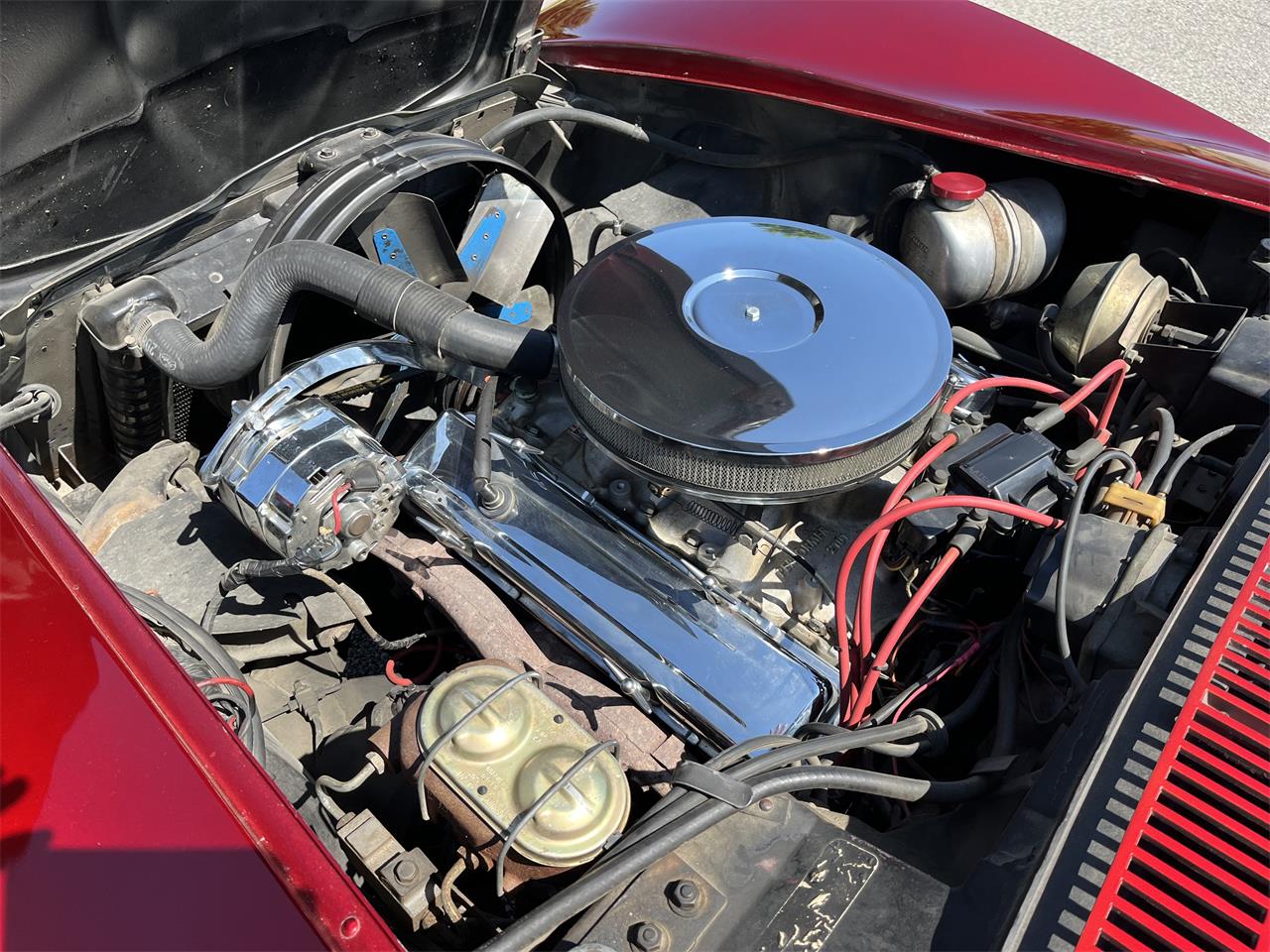
Up front, power comes from a 375-horsepower 327cid small-block V8 mated to a four-speed manual transmission. A few upgrades have been installed along the way, including an Edelbrock aluminum intake, a 770cfm Holley carburetor, an HEI ignition system, and a chrome-plated alternator. The seller says that the original removed parts will come with the car.
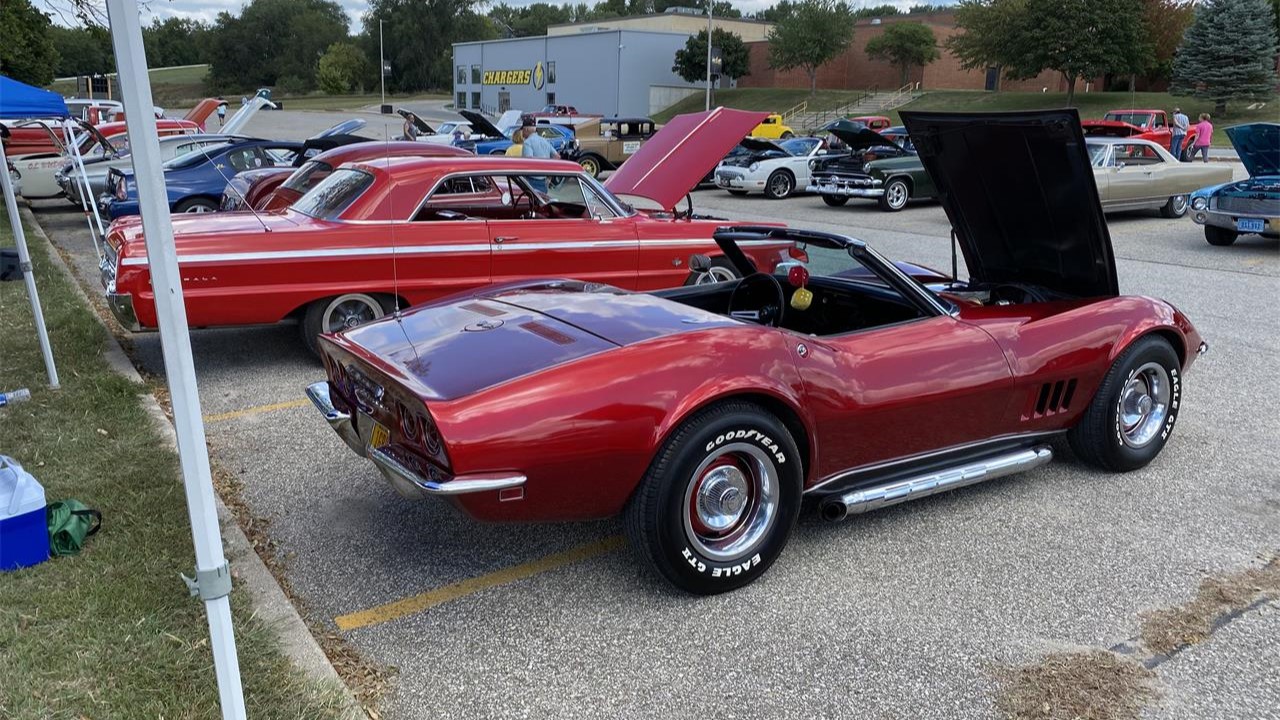
A handful of the photos included in the listing show the car being shown at events, and one of the photos shows a trophy, so it goes without saying that this Vette has been enthusiast-owned. Perhaps you need to be the enthusiast who continues giving it that same level of love and care.
“If you appreciate the sound of an original American muscle car, you’re going to love this head-turning beauty!” the listing concludes.
The asking price is $50,000.
To view this listing on ClassicCars.com, stop by Pick of the Day.


